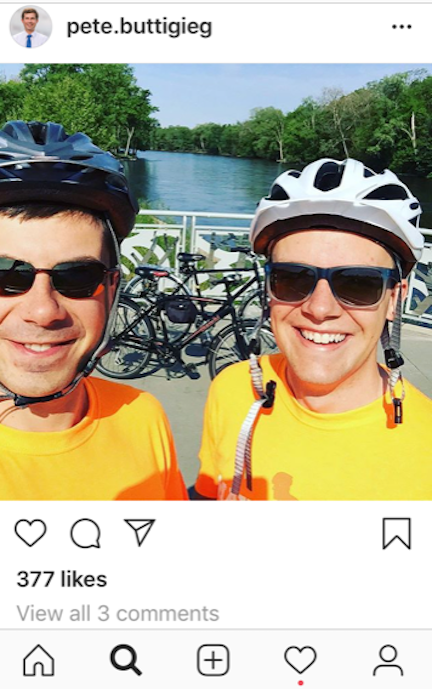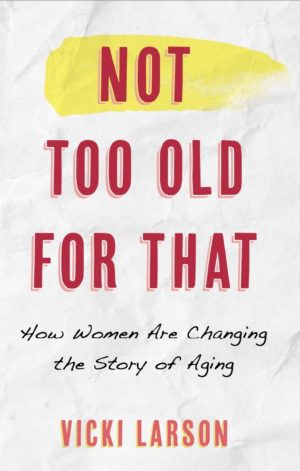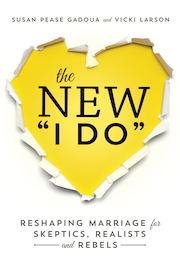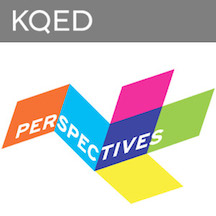If you have any doubt about what today’s families look like, just look to the Democratic presidential hopefuls. One is in a child-free same-sex marriage; one has never married; one married for the first time at age 50; a few have been married and divorced, some more than once; some have blended families; one is in a mixed-race marriage; some are female breadwinners with stay-at-home husbands, and one — just one — has what many consider a “traditional” marriage — he works while she works in the home, and whose kids are being raised by parents in their first marriage. All hoping to compete against a president who has been married three times, divorced twice, and has children with each of his wives — the second divorced president in our history.

Do you see yourself in any of those descriptions? I sure do.
That’s because, we’re increasingly no longer a one-size-fits-all family type.
And that’s a good thing.
We just need policies to support those various family types.
As Family Story’s newly released report, The Case Against Marriage Fundamentalism: Embracing Family Justice for All, (which I am honored to have provided some input for) indicates:
“Today, only 48 percent of households include a married couple, and nearly a third of all children in the U.S. lived with an unmarried parent in 2017, a share that has more than doubled over the last half-century. That doesn’t include the many kids with non-parent caretakers, some of whom have married parents who aren’t in one place because of military service, jobs, or school.”
The only family type not represented in the Democratic field is single parents, notes NBC — a growing number of families — although Elizabeth Warren was a single mom for two years. Given the rhetoric around single moms, I don’t think we’ll see a single mom presidential candidate anytime soon — if ever.
Idealized nuclear family
Still, as the article observes, “the idealized nuclear family of the ‘Leave It to Beaver’-era continues to play an outsize role in the popular imagination, even though that type of family was never as common as thought” — something marriage historian Stephanie Coontz has written extensively about.
It’s wonderful that our potential leaders look a lot more like the rest of us, not only in their relationship status but, as the midterm elections showed us, in their gender, religion and age.
But what to do with that stubborn 1950s model, the one many boomers like me grew up in and that is no doubt what comes to mind when people talk about “making America great again” — even though that brief blip of an era was only great for white people, particularly white men?
It’s hard to bust that version of family — shockingly, many young people still hold rather traditional views of what a marriage “should” look like.
That said, the many variations on a theme of family our would-be presidents are presenting can only help those who have chosen a similar path — or would like to.
Helping people feel validated
That was one of the most gratifying parts of writing The New I Do: Reshaping Marriage for Skeptics, Realists and Rebels — hearing from people who said they felt validated in their choices when they discovered that they weren’t alone, that there wasn’t something “wrong” with them for wanting something different, whether to live apart from their spouse, marry for practical financial reasons or open up their marriage.
What Family Story’s report hopes to illustrate is that there is no “right” way to be a family and to reject what it calls “marriage fundamentalism” — the idea that married two-parent families are the “best” kind of family for raising children. We’re at a point in society when we need to embrace all the many ways we live today and stop privileging married couples over all others of family configurations.
Will having a gay president, a single president, a bread-winning wife president, a blended family president really matter? Will they create policies that recognize, honor and support other outside-the-box families like theirs? I hope so but I’m not sure. There are so many things to focus on, from racism to growing inequality to climate change to homelessness to … (insert your biggest concerns here).
But even if they don’t, something else will be gained, as South Bend, Indiana, Mayor Pete Buttigieg — who married his husband in July 2018 — says:
When it first crossed my mind that I might run for office someday, I believed that coming out would be a death sentence. So the world is changing but it’s not changing on its own. … If I can be part of chipping away at that, then that’s one more reason to give this a look.”
Every time we chose to live our most authentic life, we change the world and chip away at what families should look like and present the many ways families are.
I’ll take that for now.
Want to individualize your marriage? (Of course you do!) Then read The New I Do: Reshaping Marriage for Skeptics, Realists and Rebels (Seal Press). You can support your local indie bookstore or order it on Amazon.
















